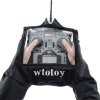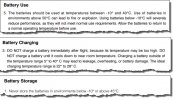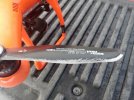Hello all,
I am working on a book about China and have been given the opportunity to go to North East China, near the North Korean border to photograph a special event, where fishermen take a 1km long net, break the river ice and pull it with horses. The end result is 1000 TONS of fish in a day. Really an excellent topic for the book, but the temperatures dip down to -30 Celsius (-22F). I am wondering if anyone has any experience using a Mavic 2 Pro in these kinds of conditions and if you do, what words of wisdom can you expand upon? Would appreciate any advice. I have already purchased a rain jacket and pad for it, flying over the water, but what else? Many thanks!
Cordially,
Mark Lent
I am working on a book about China and have been given the opportunity to go to North East China, near the North Korean border to photograph a special event, where fishermen take a 1km long net, break the river ice and pull it with horses. The end result is 1000 TONS of fish in a day. Really an excellent topic for the book, but the temperatures dip down to -30 Celsius (-22F). I am wondering if anyone has any experience using a Mavic 2 Pro in these kinds of conditions and if you do, what words of wisdom can you expand upon? Would appreciate any advice. I have already purchased a rain jacket and pad for it, flying over the water, but what else? Many thanks!
Cordially,
Mark Lent

















